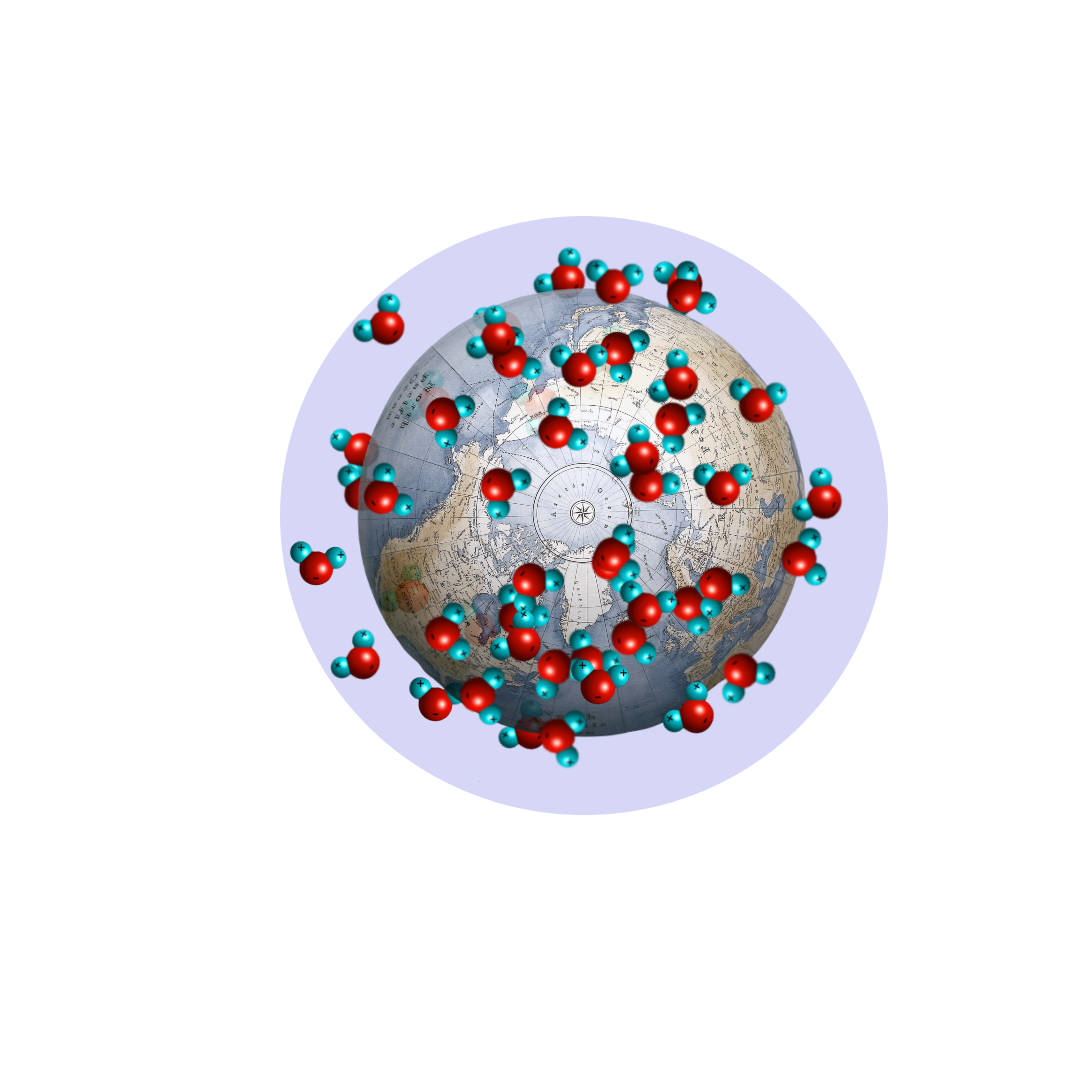I ended 2021 by sharing a climate change article on LinkedIn. This article concluded with a call to action to become part of the global warming solution and not just whinge about the problem. Now I’m starting 2022 with my own article concerning climate change and what we are doing at home to be part of the solution in our own little way. As events unfolded, and during a discussion with a salesperson, the title for this article “The Humidistat” occurred to me.
Solar panels for us?
Our story begins with one of those emails that are usually ignored. It said that the Irish Government grants for installing solar panels were coming to an end soon. Maybe a good marketing ploy by Active8 Solar Energies, but it was something that had crossed the mind several times over the past few years. After checking Active8 out we booked a home visit to see if our old bungalow was even suitable for solar panels. Fair play to the person taking the call at Active8 as they said the SEAI grant was due to end but had been extended. So, that meant the time pressure was off and we need not rush into something without due consideration.
A good thing about dealing with electricity suppliers online these days is that you can get summaries of your usage. By the time Jerry Cropley the Active8 salesperson turned up at the front door with mask on, I was armed with my annual kWp, the number of panels needed and the cost per panel. Jerry, who was very knowledgeable and helpful answering our solar energy questions, assessed our bungalow to be suitably located (not overshadowed), very good with its south facing, low (30%) pitched roof and type of tiles. The cost was calculated and came in much lower than I’d thought. I was starting to feel good about our potential part in a climate change solution. Signatures added on an electronic notebook and all that was then required was a BER (Building Energy Rating) certification that was inclusive in the cost.
Cavity wall insulation
From many years of involvement in projects, one of the cost-saving measures we watch out for are things that have a tendency to grow ‘arms and legs’ – ramping up the cost. Well, we failed the BER! Of the options presented to us for upping our rating, cavity wall insulation seemed the best. Again, something that we had considered in the past to save energy. At what cost though?

Luckily, we have a local company, Dungarvan Insulation, that does a range of options for insulation. A quick call led to Dave O’Connor coming round in a couple of days, who measured the walls, asked a few questions about the inside of the walls, dry lining was one. Dungarvan Insulation make their own thermobeads for filling the wall cavity, something that appealed to me in a company having that expert knowledge. Raw material for the thermobeads arrives in Dungarvan as a dense powder then steam is used to swell the material to form expanded beads.
Humidity and extractor fans
Dave and I had a great wee chat about humidity. We talked about movement of air in rooms and through buildings. Also, the various options that are offered as solutions to where moisture builds up. Care has to taken that when thinking about insulation options you don’t seal off ventilation causing humidity to build up. Our conversation led into removing high humidity using through-the-wall extractor fans. Moving our chat onto “smart” options, home extractor fans can have humidity control built-in. When the %RH reaches a specified humidity, the fan automatically switches on or off, saving energy from running when not needed. To control this electronically the extractor fan must have a microchip called “The Humidistat”.
After pivoting into My World of Moisture with Dave, back to the all important question: what is the cost? The answer is surprisingly reasonable. About the cost of an international holiday with a long haul flight. In the current circumstances particularly, we are going nowhere and happy to forego a holiday abroad and save contributing to burning aviation fuel. This was on 20th Dec and now it’s the 10th of January and Mark arrived in a large lorry filled with 80-100 m3 of thermobeads at 8am and finished at noon. Pretty good service I’d say.
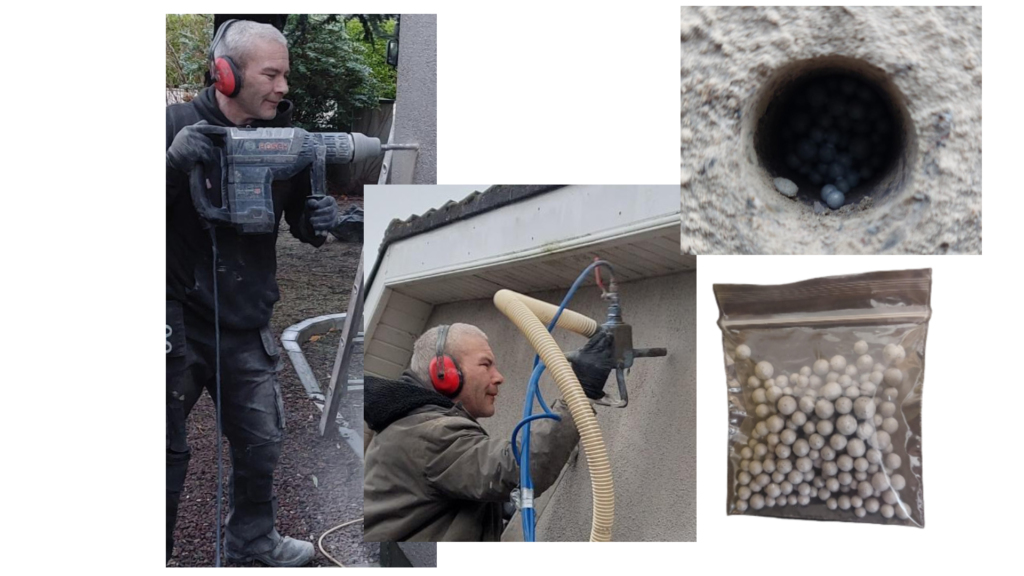
Humidistats
Now we’ve reached a good point to suspend my solar panel story until they are installed. Let’s explore The Humidistat. First what does it look like? In the picture I’ve labelled the key parts of a humidistat microchip. This one is made by Honeywell, one of many suppliers of humidistats and they come in various shapes and sizes. To give you some perspective, the one in the picture is about 5mm x 4mm x 2mm. They can be bought up to 1000 chips on a tape. A machine for pick-and place can lift the humidistats from a tape and place them on printed circuits in large numbers, or you can pick off the humidistats yourself and solder the chip by its pins to the copper lines on a printed circuit.
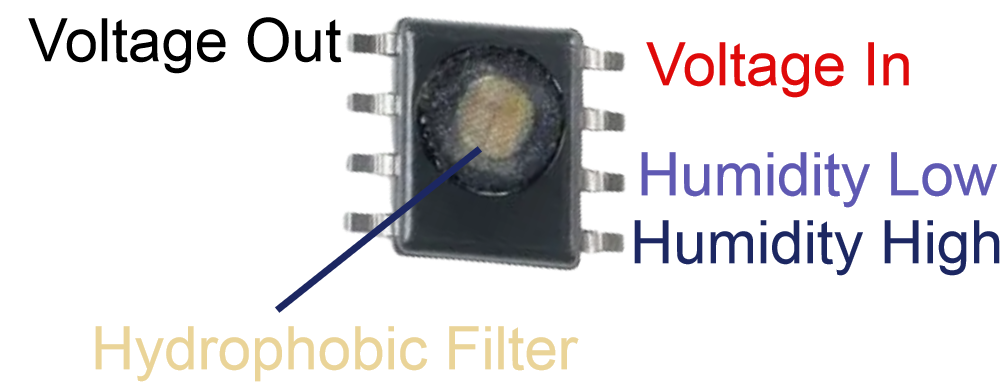
The pins which are numbered 1-8, each can have a function or just used for supporting the mounting. For instance, the one in the picture has Pin 7 designated as “NC” (not for external connection). Voltage in and out is “Pinouts” 1 and 2 in the picture, whereas 5 and 6 are the high and low humidity outputs. Adjustors on an extractor fan fitted with a humidistat allow you to set the humidity range, for example, 60 %RH to 80 %RH. The electronics controlling the switch for the fan reads the output from the humidistat and turns it on at 80 %RH and then off at 60 %RH.
Concerning condensation
The type of humidistat shown in the picture has a hydrophobic (water hating) filter, that you can see in the top of the chip and makes it condensation-resistant. Underneath the filter is a humidity sensor that responds according to the amount of moisture in the air. Water condensing on the sensor will interfere with its moisture measurement and the filter stops this happening in areas of very high humidity, as in a bathroom or shower room.
Earth, a gigantic humidistat
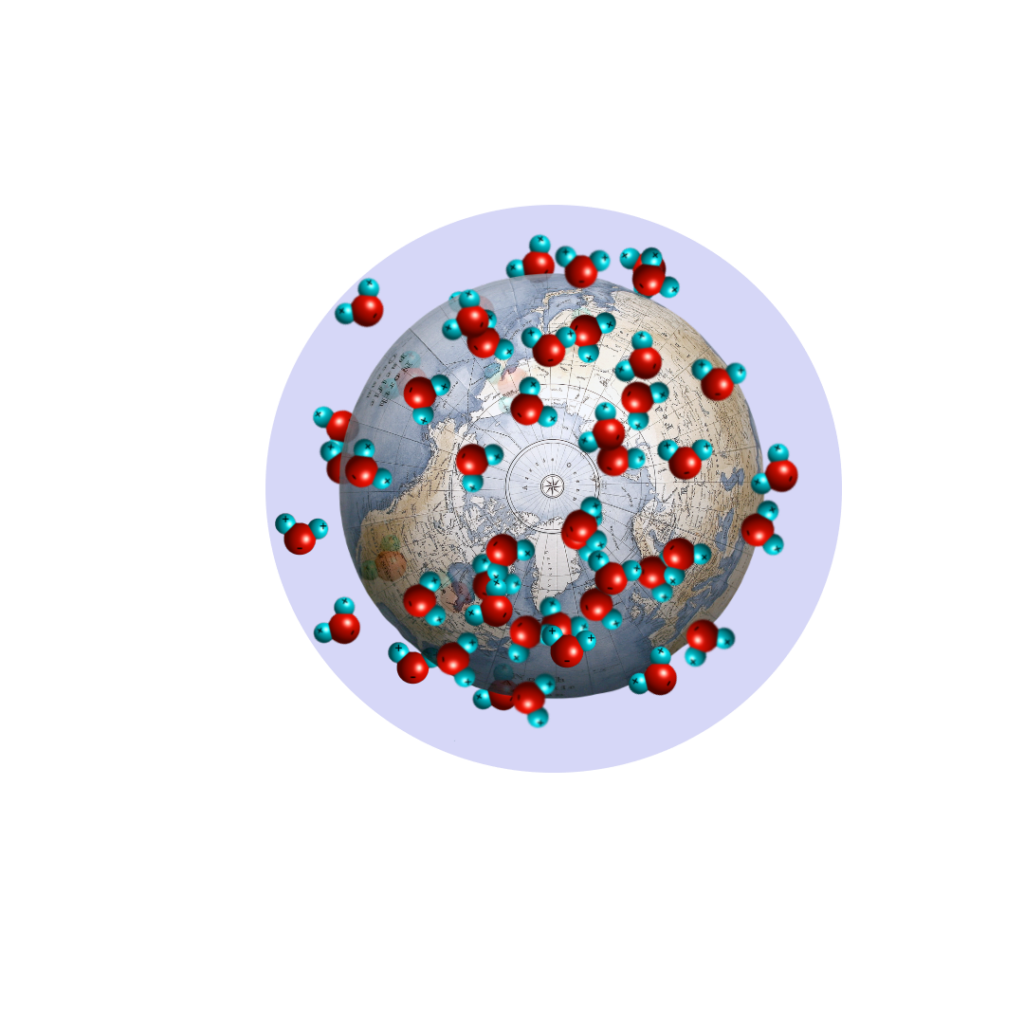
Our planet could be thought of as a gigantic humidistat with a whole load of complex inputs and outputs that has kept the climate fairly steady over thousands of years since the last ice age. We are now seeing a change in that balance of the climate through what we think is a result of hundreds of years of human activity and in particular the industrial revolution. Global warming is heating up the atmosphere and driving more moisture into the air causing a change in our climate, that’s a fact.
I explain the relationship between temperature and humidity in my eBook “A Wetter Look At Climate Change” and talk about the source of extreme weather. Unfortunately for us when it comes to our global humidistat, unlike the microchip, there is no adjuster control for us to set the humidity!
Simply bananas
To finish on a lighter and more positive note. One of our local supermarkets has made a commitment to sustainability and reducing plastic packing. Bananas packed in plastic bags are no longer being put on the shelves. Instead, here’s a picture of the new presentation of their bananas. This appeals to my quirky sense of humour, I’m not going to explain why, just leave it for you to enjoy.
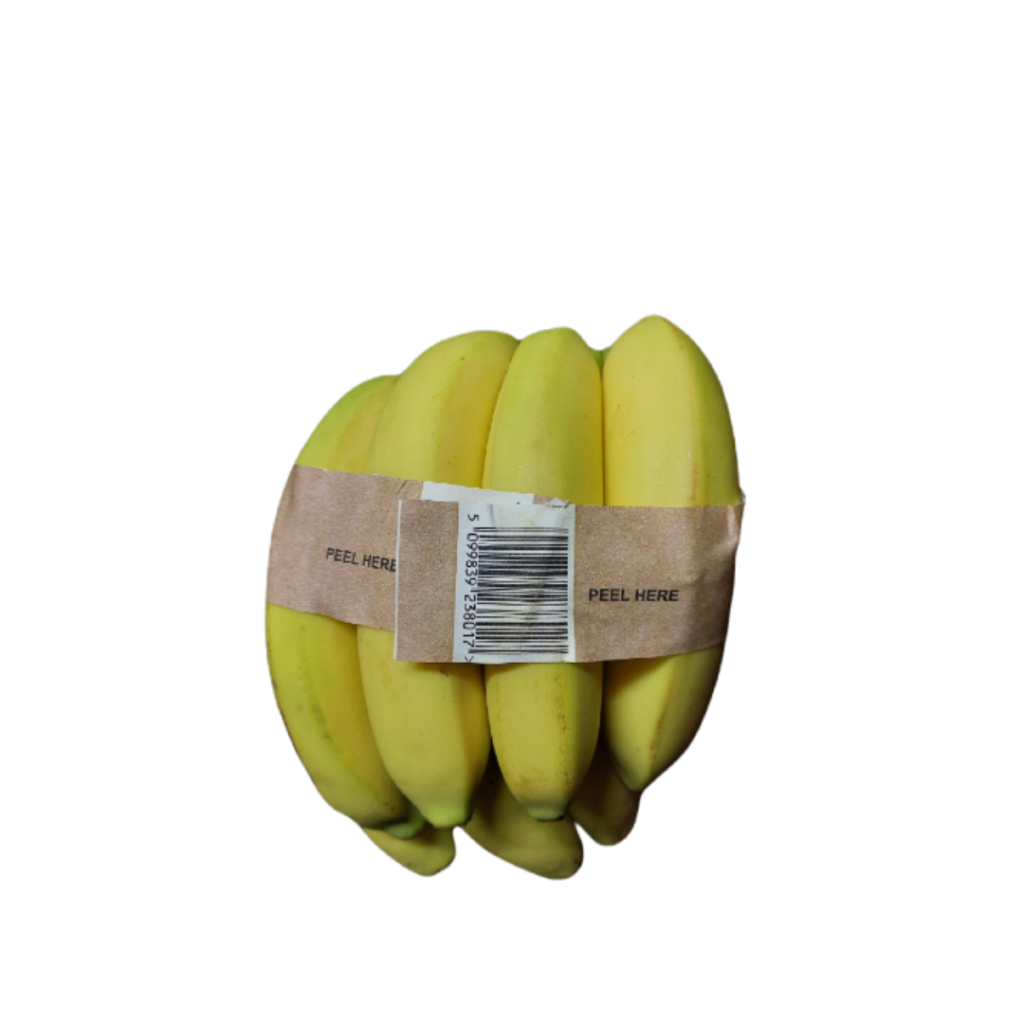
I write about how humidity and moisture effects everything around us. If you would like to hear more on the impact of moisture, various topics on moisture and humidity are discussed in my eBook “A Wetter Look At Climate Change”.

